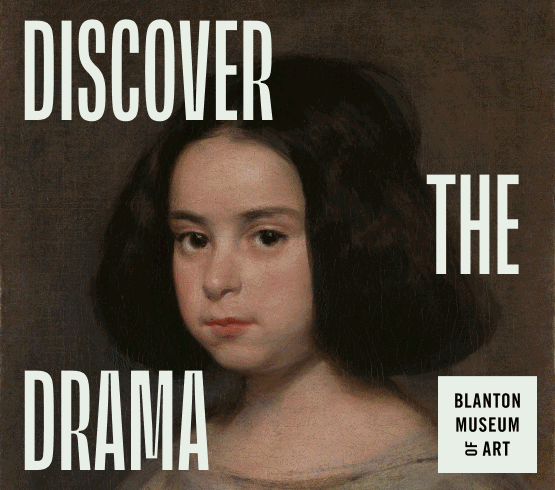The term “once in a lifetime” gets thrown around a lot, but it is entirely accurate in the case of Lives of the Gods: Divinity in Maya Art at the Kimbell Art Museum. On view through Sept. 3, 2023, the exhibition features nearly 100 rarely seen pieces from the Classic period (A.D. 250–900). Co-organized with The Metropolitan Museum of Art in New York (where it spent six months before traveling to Fort Worth), “Lives of the Gods” features masterpieces lent from major museum collections in Europe, the United States, and Latin America, including 17 new discoveries from Palenque (Mexico) and El Zotz (Guatemala). Approximately 50 of the works have never been seen before in the U.S.
The Kimbell has a long history of presenting major Maya exhibitions, from “The Blood of Kings: Dynasty and Ritual in Maya Art” in 1986 to “Fiery Pool: The Maya and the Mythic Sea” in 2010. But as Price points out, it’s been more than a decade since the museum has been able to feature its 20 or so pieces in such a significant way.
“In the last five or ten years, scholars in the field have begun to ID artists’ names, either painted or carved onto the artworks,” Price says. “This exhibition features seven works where we know the artist’s name or can see artist attribution. That’s huge. What that tells us is these artists were recognized in their own time, when they were creating, and were considered high in status. Some signatures also include the ruler’s name, showing a connection between artist and patronage.”
Another impressive piece is a carved wooden lintel on loan from Basel, Switzerland, that relays the story of a rivalry between two kingdoms. “Wood Is very, very rare to have survived, and I think only three lintels have come from this site,” says Price. “Not everyone would have seen these at the top of the temple, so it’s amazing that we all get to see them now.”
Along with these immense pieces, there are also works of carved jade, shell, and incised bone. “Jade is a precious stone in the Maya world, and these expertly crafted pieces would have been worn by royalty,” notes Price. A set of five ceramic lidded vessels (“think casserole dishes,” Price laughs) were recovered from a royal tomb at the El Zotz excavation site, and Price calls them some of the most imaginative pieces in the exhibition. Heads of animals, such as howler monkeys and a mythological turtle, function as the knobs, and one vessel was discovered with quail bones still in it.

1 ⁄6
Lintel 25
Yaxchilan, Chiapas, Mexico
A.D. 725
Limestone. H. 47 5/8 x W. 33 11/16 x D. 5 5/16 in.(121 x 85.5 x 13.5 cm.)
British Museum, London (Am1923, Maud.5)

2 ⁄6
Maize God
Copan, Honduras
A.D. 715
Limestone. H. 35 1/16 × W. 22 1/4 × D. 11 13/16 in. (89 × 56.5 × 30 cm)
British Museum, London (Am1923, Maud.8)

3⁄ 6
Whistle with the Maize God Emerging From a Flower
Mexico
A.D. 600-900
Ceramic, pigment. H. 8 1/8 x W. 2 x D. 1 1/2 in.(20.7 x 5.1 x 3.8 cm)
The Metropolitan Museum of Art, New York, The Michael C. Rockefeller Memorial Collection, Bequest of Nelson A. Rockefeller, 1979 (1979.206.728)

4 ⁄6
Pendant
7th-9th century
Jadeite, pigment. H. 3 × W. 1 1/2 × D. 1 1/2 in.
(7.6 × 3.8 × 3.8 cm)
The Metropolitan Museum of Art, New York, Gift of Steven Kossak, The Kronos Collections, 2015 (2015.677)

5 ⁄6
Panel Fragment
Palenque region, Chiapas, Mexico
7th-8th century
Stone. H. 39 3/4 × W. 25 9/16 in x (Approx.) D. 9
13/16 in. (101 × 65 x 25 cm).
Museo de Sitio de Palenque Alberto Ruz L’Huillier,Mexico, Secretaría de Cultura–Instituto Nacional de Antropología e Historia (10-604761; Registry 1AMA00366992)

6 ⁄6
Codex-Style Vessel
Guatemala or Mexico
A.D. 700-750
Ceramic, pigment. H. 3 3/4 × Diam. 4 1/8 in. (9.5 × 10.5 cm)
Kimbell Art Museum, Fort Worth, Texas (AP 2004.04)
—LINDSEY WILSON




